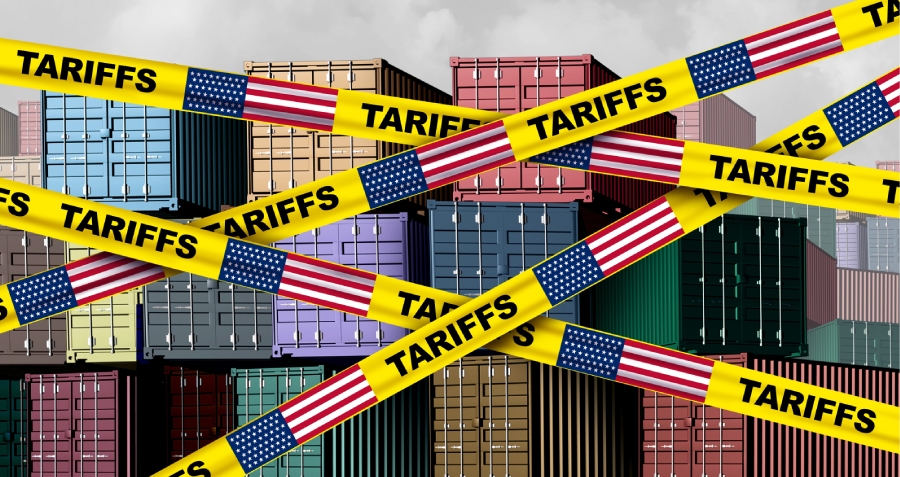Can increased competition in Chinese industries help the country meet its goals for greater reforms?
During last November’s Third Plenum, the party’s Central Committee unveiled a blueprint for reform to drive greater economic growth in China.[1] An important component of these reforms is an increase in market competition.While the Central Committee is perhaps thinking primarily of the increased innovation that greater competition will foster (an effect I talked about previously); another by-product, at least if economists are correct, is lower prices. If prices of daily necessities like food, energy, and transportation fall, then this will help accomplish another goal coming out of the Plenum–to narrow wealth inequality. Lower prices will raise the effective incomes of poor households relative to wealthier business owners.
Does this really work though–does an increase in the number of competitors really lower prices? To get some idea I downloaded data from the Chinese Industrial Enterprise database which contains annual financial information on all of China’s firms with annual revenues greater than RMB 5 million. I used 2007–the most recent data available to me.
My idea, borrowed from industrial organization economists, is to compare firms competing in markets with different competitive intensities and see if prices are lower when more firms compete. Since the database doesn’t tell me the prices that firms charge, I rely instead on their operating margins (operating income divided by total assets).[2] If competition leads to lower prices and firms have roughly the same costs (I’ll come back to this assumption), then we should see lower operating margins in markets with more competitors.
To compare similar firms across markets with different numbers of competitors I had to be a bit selective. The database classifies all firms by a four-digit industry code. To make sure that I compare similar firms I looked for industries that were defined narrowly enough that its members’ operations should be comparable. For example, the industry “Chemical Medicine Materials” is broad enough that it probably includes firms with quite different operations. I also looked for industries in which firms compete locally. Why did I want this? In many industries, such as automobile manufacturing, firms compete nationwide so there is only one market and no comparisons can be made. In industries who sell locally there are many local markets across China to compare. Applying these two criteria I selected three industries: printing services, auto repair, and sewage processing.
The first figure below shows what I found for printing services firms. The figure shows how the average operating margin (the y-axis) depends on the number of firms in a market (the x-axis) which I define as a prefecture.[3] For example, the average margin of printing services firms across all local markets with a single firm is 16.4% while the average margin across all markets with two is 19.4%. Aside from the small increases at the beginning and the end, the overall pattern is what we hoped for–it looks like a playground slide. Margins slide downhill when more firms compete. In fact, in markets with seven firms the margin is only 3.9%. The second and third figures below show similar graphs for auto repair and sewage processing firms. Although the ride is a bit bumpier (you might need a little extra push to get to the bottom), they show the same downward slide.
This is only a rough test. Markets with more firms are likely to be bigger markets and demand or costs in these markets might be different than those in small ones. This is also not a comprehensive look at all industries. As I said, I had to be selective in choosing industries to make the proper comparisons. Nonetheless, it suggests that increasing competition in China’s industries will lead to lower prices and help accomplish the goals of reform.
Update: Ctrip, the online travel site, has implemented a “meet or beat” clause similar to that I discussed in a previous article. Ctrip is promising to refund customers three times the difference between its price and a lower price offered by a competitor for any domestic hotel. As I discussed earlier, this is a good technique for firms to implicitly coordinate to keep prices from dropping or even raising them.
__________________________________________________________________________________________________
[1] The official document is called “A Decision on Major Issues Concerning Comprehensive and Far-Reaching Reforms.”
[2] Operating income is gross income minus cost of goods sold, operating expenses, and depreciation/ amortization. Operating income does not depend on financing costs. This is important because firms that use debt financing will display interest expenses on their financial statements making their margins appear lower than those who use equity even though the prices and production costs might be the same for both types.
[3] A prefecture is smaller than a province but bigger than a county. China had 470 prefectures in 2007.




















